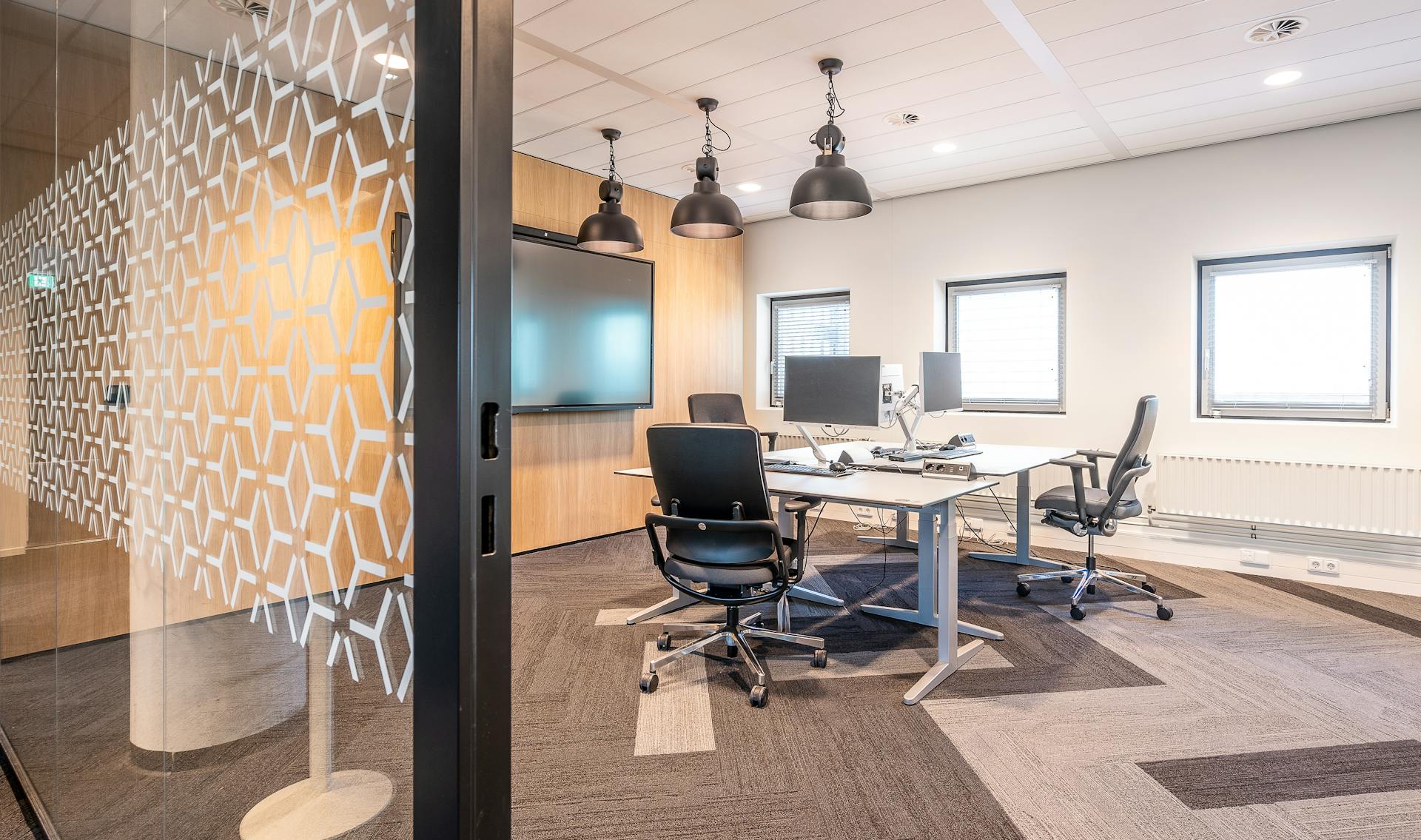Functional Elegance: Why Glass Replacement Isn’t Just for Windows Anymore
Introduction
Glass is often treated as a background material—something that provides visibility, lets in light, or separates spaces without much thought. But in modern design, glass is stepping forward. No longer limited to just window panes, it’s becoming a key player in home functionality and aesthetic flow.
Glass replacement today isn’t just about upgrading old windows. It’s about embracing the versatility of a material that can shape walls, doors, partitions, staircases, shelving, and even flooring. With the right approach, glass adds lightness, openness, and sophistication to nearly every room.
Whether you’re renovating or building from scratch, rethinking how and where glass can serve your space might just be the upgrade you didn’t know you needed.
Beyond Windows: Everyday Applications for Glass in the Home
Glass Doors: The Entrance to Modern Elegance
Replacing traditional wood or metal doors with glass can completely alter the mood of a space. Interior glass doors provide division without visual clutter, allowing rooms to feel open and connected. In smaller homes, this creates a sense of flow and continuity.
Frosted, tinted, or patterned glass doors can also offer privacy without sacrificing style. They’re ideal for home offices, bathrooms, or any area where light is welcome but sightlines need control.
Sliding glass doors—particularly those with minimal framing—are also trending for their ability to seamlessly connect indoor and outdoor areas. They create a panoramic effect that makes a room feel twice as expansive.
Shower Enclosures That Act Like Sculptures
Custom shower glass has already proven itself as a staple in upscale bathroom design. But today, it’s less about enclosure and more about integration.
Rather than using walls to box in the shower, glass becomes the shower. Large, frameless panels form walk-in enclosures that disappear into the design, letting tilework and light steal the show. In open-plan bathrooms, these enclosures maintain airiness while still creating separation between wet and dry zones.
Glass replacement in older showers can remove heavy frames and water-stained panels, introducing cleaner lines and a sense of spa-like simplicity.
Rethinking Dividers and Barriers
Glass as a Modern Partition
Instead of walls, glass partitions are increasingly used to divide interior space—especially in open-plan homes. Think of them as invisible walls: they create zones without blocking light or reducing the perception of space.
In lofts or modern apartments, floor-to-ceiling glass panels are used to define dining rooms, studies, or reading nooks. Frosted options can maintain privacy without isolating anyone from natural light sources.
What makes this option so appealing is its adaptability. A living room that feels too open or undefined can gain structure through a transparent division. A hallway can feel wider when glass replaces wood in side doors or panels.
Railings That Don’t Interrupt the View
One of the most unexpected uses of glass replacement is in railings—particularly on staircases, balconies, and landings. Traditional banisters and pickets can feel bulky or dated. Replacing them with clear or frosted glass panels gives a sleek, minimalist look while still meeting safety standards.
In multilevel homes, glass stair railings create the impression of floating architecture. They offer a clean profile from every angle and help distribute natural light across levels that might otherwise feel closed off.
This application is especially powerful when combined with natural materials like wood or stone. The contrast between solid textures and translucent panels creates dynamic visual interest.
Benefits Beyond Appearance
Enhancing Natural Light
Perhaps the most overlooked benefit of incorporating glass beyond windows is how it amplifies natural light throughout the home. Sunlight doesn’t just enter through the exterior—it’s carried deeper into your floor plan through interior glass.
This can reduce the need for artificial lighting during the day, improve mood and productivity, and contribute to a greater sense of openness. Even narrow hallways or interior rooms without windows benefit when light is allowed to pass through more of the home’s structure.
Supporting Clean and Low-Maintenance Living
Contrary to common assumptions, glass can be one of the most hygienic and low-maintenance materials in the home. It doesn’t harbor bacteria, it’s easy to wipe down, and many modern panels come with coatings that resist water stains and fingerprints.
For households focused on clean design and practical upkeep, glass replacement in areas like showers, kitchen backsplashes, and shelving offers a smart alternative to porous materials like wood or grout-lined surfaces.
Personalization Through Custom Options
Not All Glass Looks the Same
Thanks to technological advances, glass is now as customizable as any other design material. Homeowners can choose from a wide variety of styles:
- Frosted or acid-etched for privacy
- Tinted in warm, smoky hues or cool grays
- Textured or patterned to mimic fabric or stone
- Low-iron for ultra-clear clarity with no green tint
These choices let glass become part of your aesthetic story. Rather than an invisible background, it becomes a contributing detail to the overall style of the space.
Glass + Color = Character
Colored glass panels are beginning to make a comeback—not in the heavy stained-glass tradition, but in subtle applications that add warmth and personality. A bronze-tinted room divider or a blue-accented cabinet insert offers just enough character without dominating the space.
Used carefully, color-tinted glass can define zones, complement wood tones, or add contrast to monochromatic spaces. It offers a flexible way to experiment with bolder design without permanence.
Considering Glass Replacement Strategically
Not every update requires a full renovation. Sometimes, a well-placed panel or a glass upgrade in just one area can transform the look and feel of a room.
This is where companies like TN Glass Install are often brought in—not just to address obvious issues like broken windows, but to offer insight into how glass can solve problems throughout the home. Their role isn’t only technical—it’s creative, helping homeowners reimagine how a space can function and look with the right material in the right place.
Whether you’re tackling a major redesign or just looking for a subtle refresh, replacing outdated elements with modern glass can bridge style, utility, and longevity.
Final Reflections: A Material Worth Seeing Differently
Glass isn’t just a panel in a window frame. It’s a material that can define movement, reflect light, offer safety, support visual flow, and contribute to how a home is lived in day after day.
The beauty of working with glass is that it doesn’t compete—it complements. It steps back to let architecture breathe and design shine. And when used creatively, it doesn’t just replace something old—it reimagines how space works.
If your home could use more openness, more light, or more simplicity, it might not be your floor plan or your furniture that needs changing—it might just be the material in between. Glass replacement, done well, doesn’t just update your home—it elevates it.

